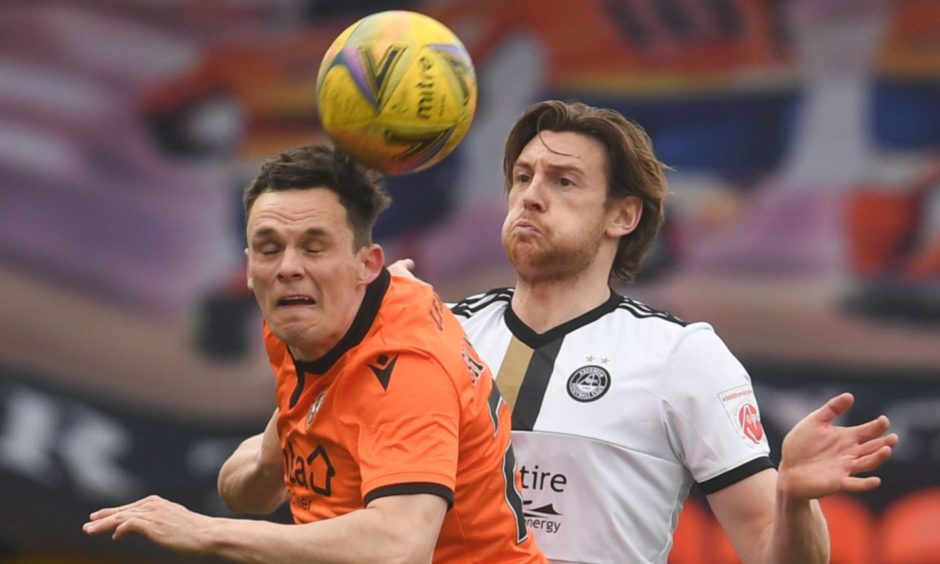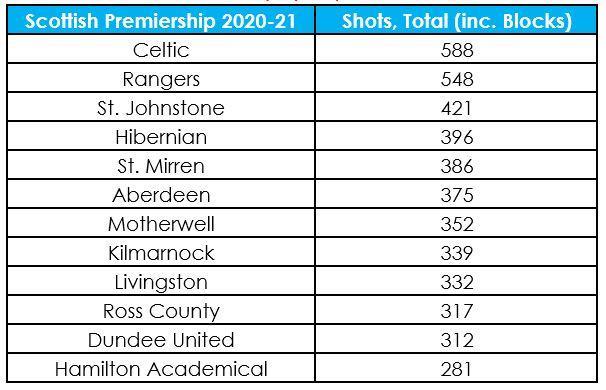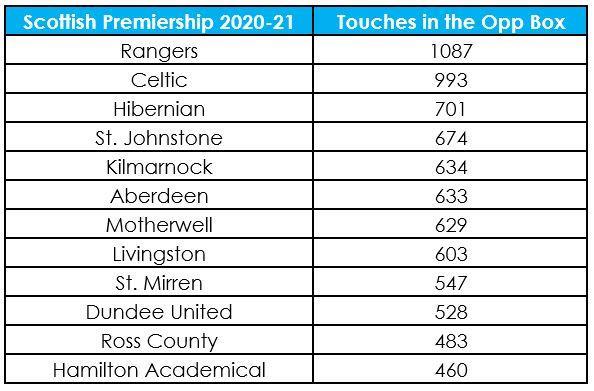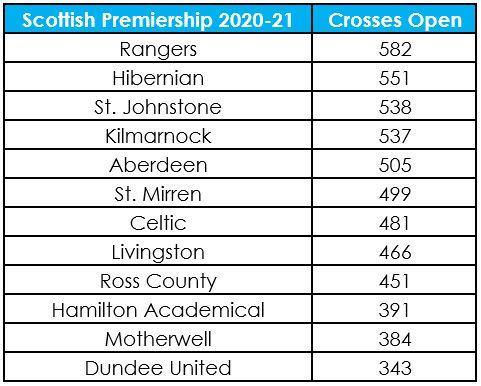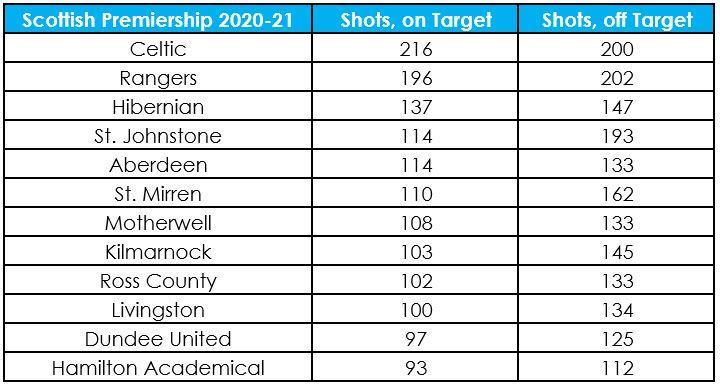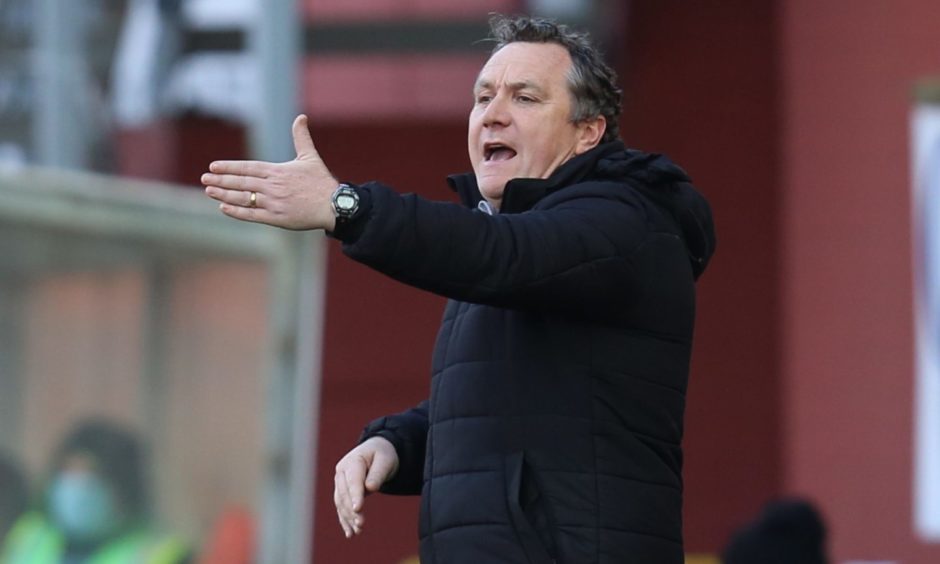Lawrence Shankland, Nicky Clark, Marc McNulty and Louis Appere – Dundee United, on paper, have one of the best attacking arsenals in the Scottish Premiership.
Throw wide men Logan Chalmers and Adrian Sporle into the mix and it’s an embarrassment of forward riches United boss Micky Mellon has at his disposal.
In reality, however, the Tangerines gaffer has opted to use his squad in a different way – one that has seen them solidify their place in the top flight following promotion last season.
Mellon’s decision to set up his team with a defence-first focus has been met with some dismay by a fanbase that expects to see a swashbuckling Terrors side, similar to the one which romped its way to the Championship title last term.
It hasn’t always been easy on the eye but no Arab can deny that ‘Mellonball’ has been effective, with the Tangerines sitting comfortably in eighth spot, clear of relegation trouble going into the split.
In fact, in his first season in the hot seat, former Tranmere manager Mellon took United to within a point of snatching a top-six finish with his pragmatic approach.
All season long he has spoken of having to work with a Championship squad and he seems to have got the best out of them.
Whether it’s in a 3-5-2, 5-3-2 or 4-4-2, they have been hard to beat.
Mellon thinks deeply about the game, something he will touch on in his book – The First 100 Days: Lessons In Leadership From The Football Bosses – out later this week, and his players are no different.
On loan front man McNulty points to forwards’ frustration
In the wake of their 1-0 win over Aberdeen on Saturday, thanks to a well-worked goal finished off by Sporle, McNulty admitted it was tough being a striker in this United side.
“We are probably not a team that creates a lot of chances every game which can be frustrating for us strikers,” Reading loanee McNulty said.
“That’s just the way it has been. The manager wants us to press from the front, try to nick it higher up the pitch and then create chances.
“We have been getting better at that recently. Hopefully in the remaining games of the season we can score a few goals between us.”
But just how challenging is it to be a Tangerines front-man this season?
The stats suggest very.
Dundee United toiling as an attacking force
In terms of having the ball, allowing them to start attacks, the Terrors have only had the majority of possession in 12 of their 33 Premiership games.
United rank among the league’s worst teams in some key attacking categories, too, which may explain why their forwards have struggled to hit double figures.
Clark has eight top-flight goals to his name, Shankland seven, Sporle four, McNulty two, Appere one and Chalmers – who has missed a large chunk of the season with a bad ankle injury – none.
It’s not surprising their numbers are quite low when you look at how the team has performed as a whole.
In fact, you could argue it’s testament to Clark, Shankland and Sporle, particularly, that they’ve managed to find the back of the net as often as they have.
In terms of total shots (including blocks) – the metric Opta uses to measure chances created from a team rather than player perspective – United have the second-lowest total in the league with 312.
Only bottom club Hamilton Accies fare worse – with Mellon’s men only hitting the target 97 times.
That works out as less than three times on average per game.
When it comes to crafting opportunities, United’s problems are well documented and the likes of Shankland, Clark and McNulty have struggled to get on the ball in the danger zones.
For touches in the opposition box, the Tangerines sit third bottom of the top-tier standings with 528.
Again, Accies are at the basement with 460, while John Hughes’ relegation-threatened Ross County have registered just 483.
For crosses from open play, United are bottom with 343.
Efficiency is they key for Dundee United
As alarming as those stats are, for United to be behind the rest of the pack in attack, yet still come close to a top-six finish, at least suggests an efficient strategy.
In defence they have shone.
No 1 Benjamin Siegrist has kept 11 clean sheets, with United scrapping and fighting for each of their 39 points.
Twelve of those points have come from draws with half of those matches finishing 0-0.
With 29 goals, they are the league’s second lowest scorers.
At the other end, they have let in 43 – a goals-conceded rank that closely matches their league position.
They have battled, too, leading the league in yellow cards and ranking highly for fouls conceded (425), with combative midfielder Calum Butcher responsible for a fair chunk of those after picking up nine cautions.
Even in the transfer market, the club have had to be efficient.
Hamstrung financially by Covid-19, Mellon was only able to add McNulty, defender Ryan Edwards and midfielders Luke Bolton and Jeando Fuchs.
Wherever they’ve been employed on the pitch, this quartet have impressed.
Will the Tangerines open up more as they head into the post-split fixtures against the rest of the bottom six? It’s hard to say.
What’s certain is that everyone at the club will hope to build on their return to the Premiership and look to avoid a difficult second season.
It’s only then that we’ll be able to fully assess what kind of team Micky Mellon intends to mould.

